Why more trains are failing to stop at red signals
More services and worse punctuality leads to highest danger rate in a decade
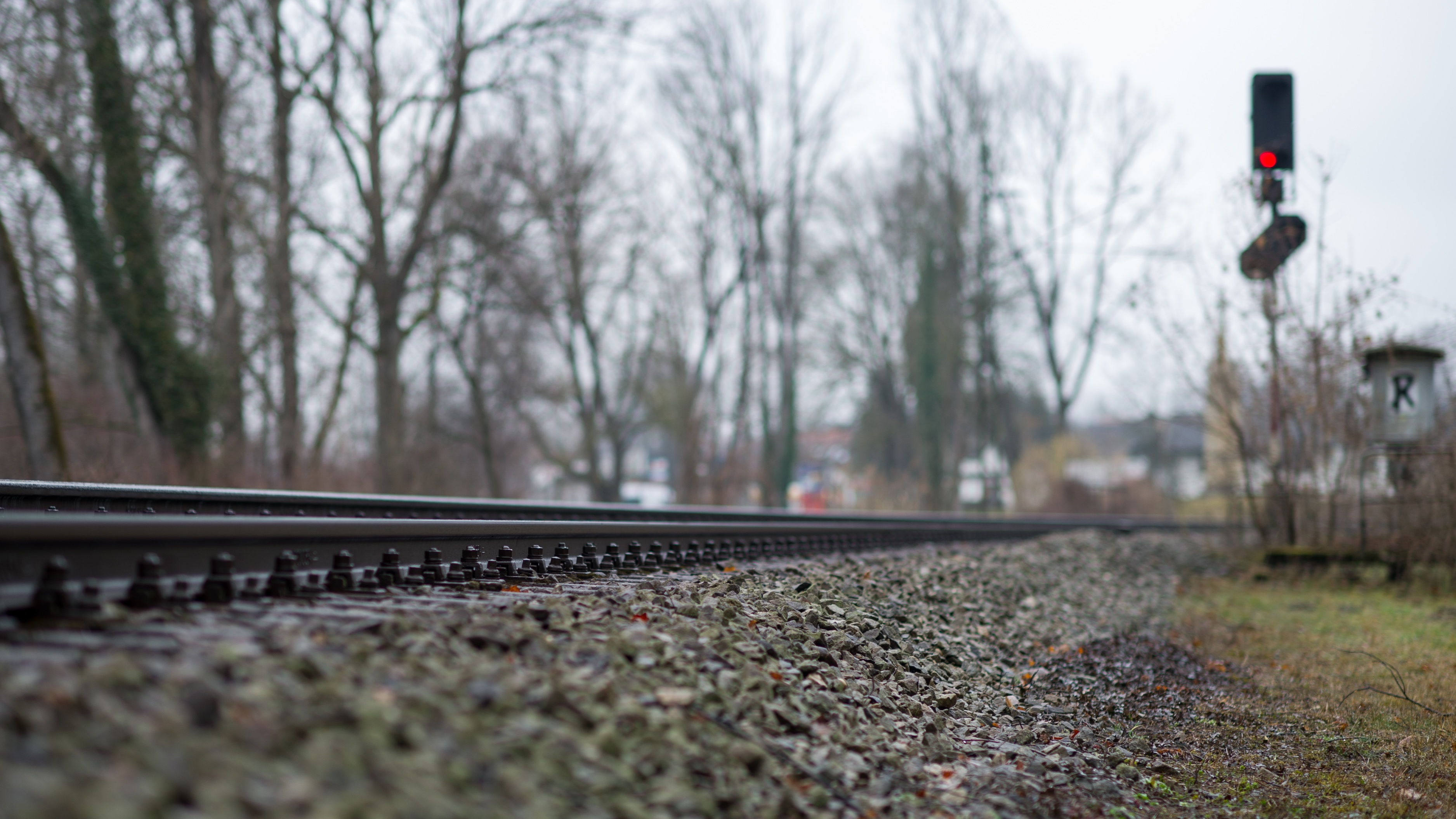
The number of trains failing to stop at red signals is the highest in a decade, prompting a review of rail safety.
Network Rail and all train operators are being asked to take action to try to reduce the risk of trains crashing into each other, says The Times.
In the 12 months to August 2019, a total of 322 signals were passed at “danger”. That number includes ten examples of trains reaching the “conflict point” where two railway lines pass over one another, creating a high risk of collision.
The Week
Escape your echo chamber. Get the facts behind the news, plus analysis from multiple perspectives.

Sign up for The Week's Free Newsletters
From our morning news briefing to a weekly Good News Newsletter, get the best of The Week delivered directly to your inbox.
From our morning news briefing to a weekly Good News Newsletter, get the best of The Week delivered directly to your inbox.
The figures come 20 years after the Ladbroke Grove rail disaster in west London that killed 31 people and injured 258.
The Rail Safety and Standards Board (RSSB), established in the wake of the Ladbroke Grove crash, has suggested that the rise is linked to there now being more trains and declining punctuality.
A July 2019 report from the Office of Rail and Road (ORR) said: “There has been a worrying rise in the underlying risk from Signals Passed at Danger (SPADs).”
It adds: “RSSB has produced work which suggests that because there are more trains on the network and punctuality levels are declining, drivers are seeing more red signals, which in turn increases the opportunity for SPADs.”
A free daily email with the biggest news stories of the day – and the best features from TheWeek.com
The increase could be down to increased fatigue and loss of concentration among train drivers, reports the Times. Mark Phillips, the RSSB’s chief executive, told the paper that while there had been significant improvements since Ladbroke Grove, the challenge was “how you manage drivers to ensure they keep continuous attention”.
An industry-wide survey of rail workers found that 22% felt excessive levels of sleepiness, leading to fatigue, reports the Global Railway Review.
-
 ‘Furious Minds: The Making of the MAGA New Right’ by Laura K. Field and ‘The Dream Factory: London’s First Playhouse and the Making of William Shakespeare’ by Daniel Swift
‘Furious Minds: The Making of the MAGA New Right’ by Laura K. Field and ‘The Dream Factory: London’s First Playhouse and the Making of William Shakespeare’ by Daniel SwiftFeature An insider’s POV on the GOP and the untold story of Shakespeare’s first theater
-
 How to shop smarter with a grocery budget
How to shop smarter with a grocery budgetThe Explainer No more pushing your cart down the aisles on autopilot
-
 Henri Rousseau: A Painter’s Secrets
Henri Rousseau: A Painter’s Secretsfeature Barnes Foundation, Philadelphia, through Feb. 22
-
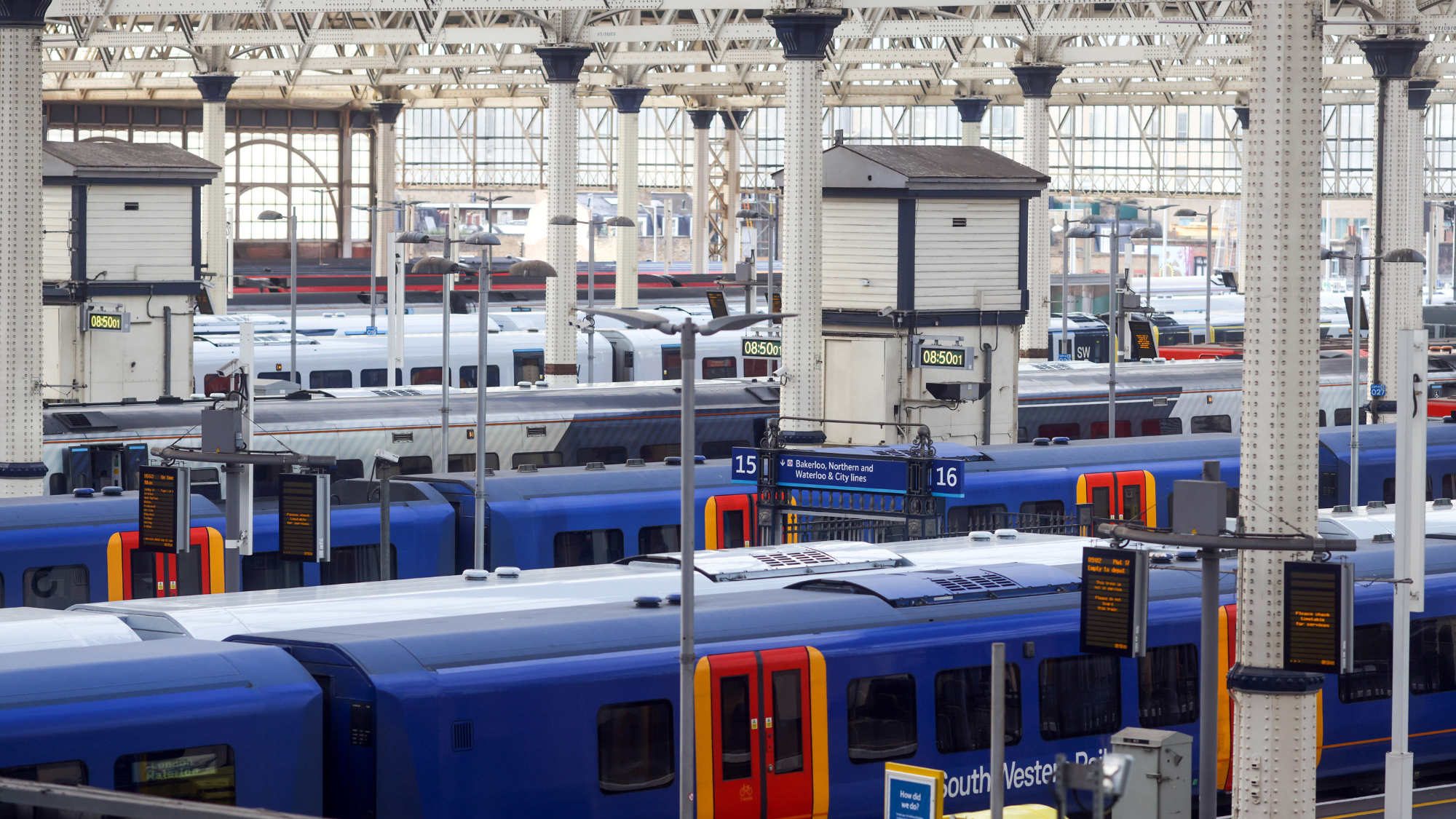 Is it finally all change for train Wi-Fi?
Is it finally all change for train Wi-Fi?In The Spotlight South Western Railway's 5G Wi-Fi service has changed the way passengers connect – but will the new system catch on?
-
 Brief Canada rail lockout ends with arbitration
Brief Canada rail lockout ends with arbitrationSpeed Read A prolonged shutdown could have threatened the country's supply chain
-
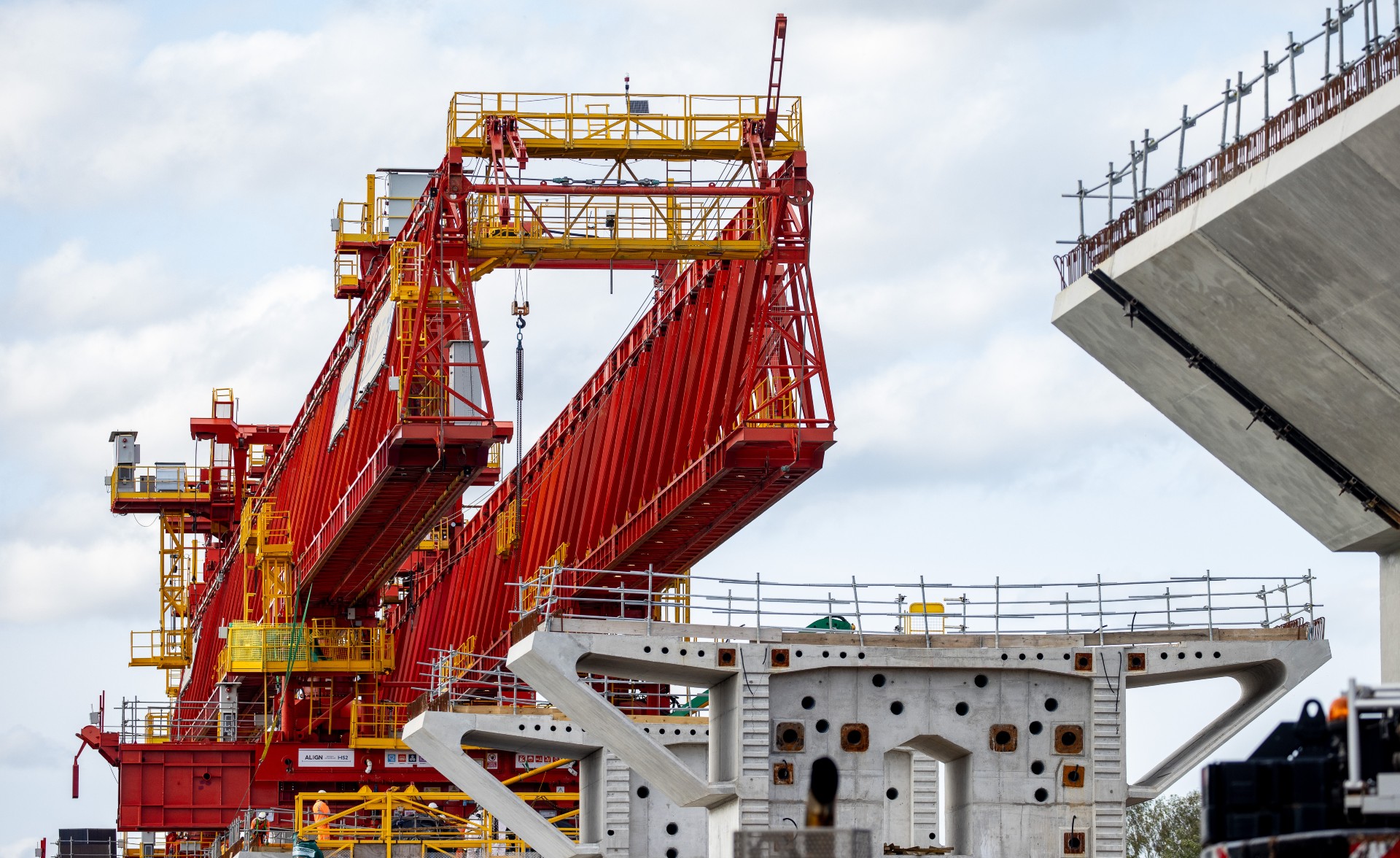 HS2: a runaway train
HS2: a runaway trainTalking Point PM may cut Manchester to Birmingham line of beleaguered rail project due to spiralling costs
-
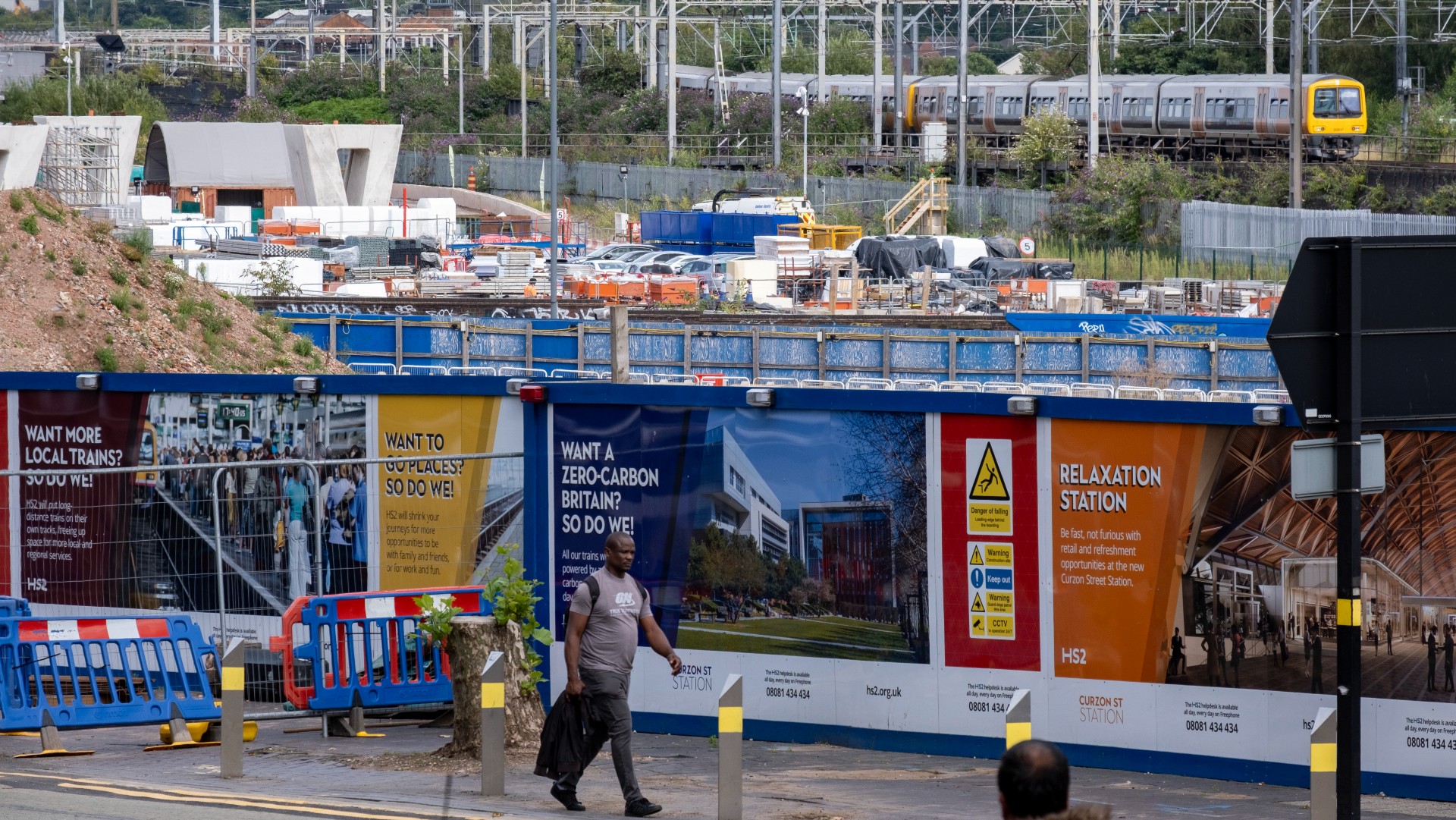 Is Britain’s infrastructure failing?
Is Britain’s infrastructure failing?feature High costs, inflation, policy uncertainty and ‘nimby’ tax have led to ‘dire state’ of UK building projects
-
 ‘Ghost trains’ and armoured limos: how Vladimir Putin travels in secret luxury
‘Ghost trains’ and armoured limos: how Vladimir Putin travels in secret luxuryUnder the Radar Planes, trains and automobiles make up the Russian president’s fleet of undercover travel options
-
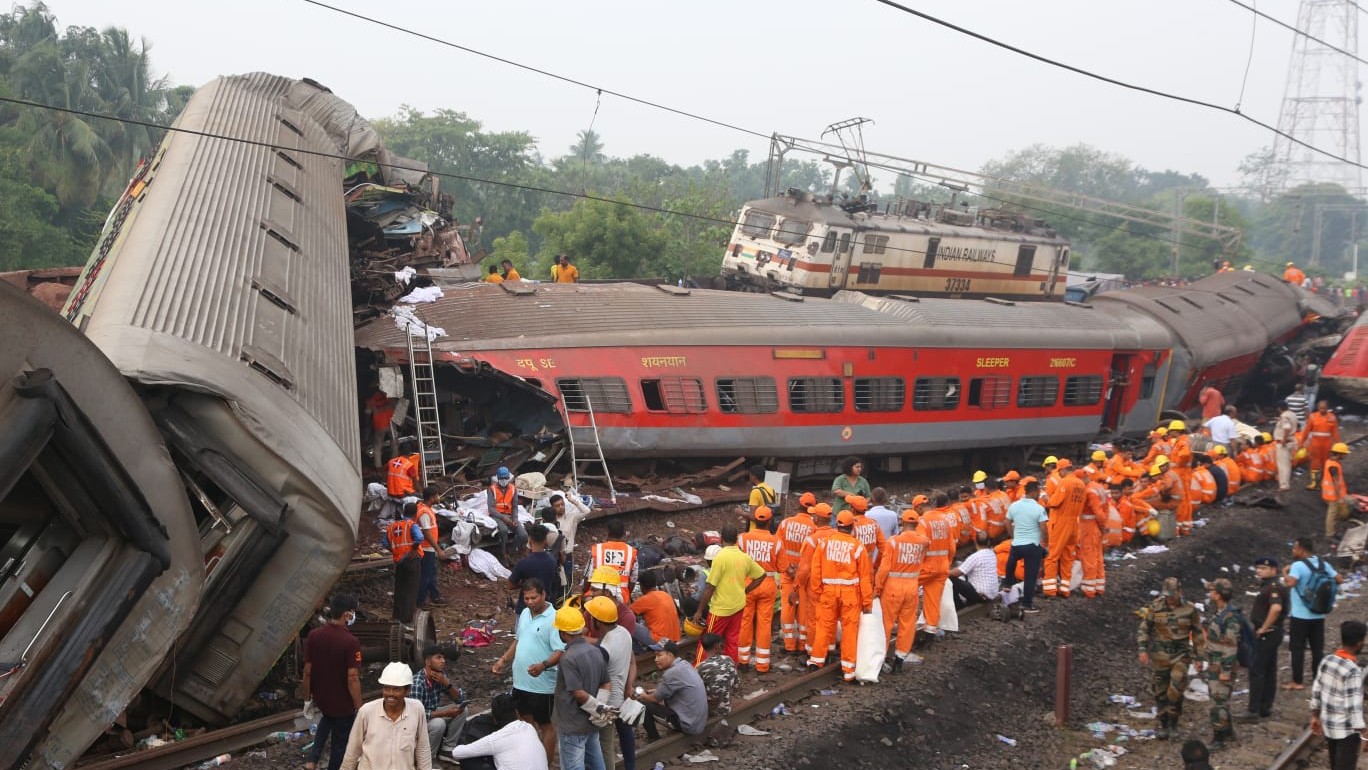 How safe is India’s rail network?
How safe is India’s rail network?feature Narendra Modi’s costly modernisation programme in spotlight after worst train disaster in decades
-
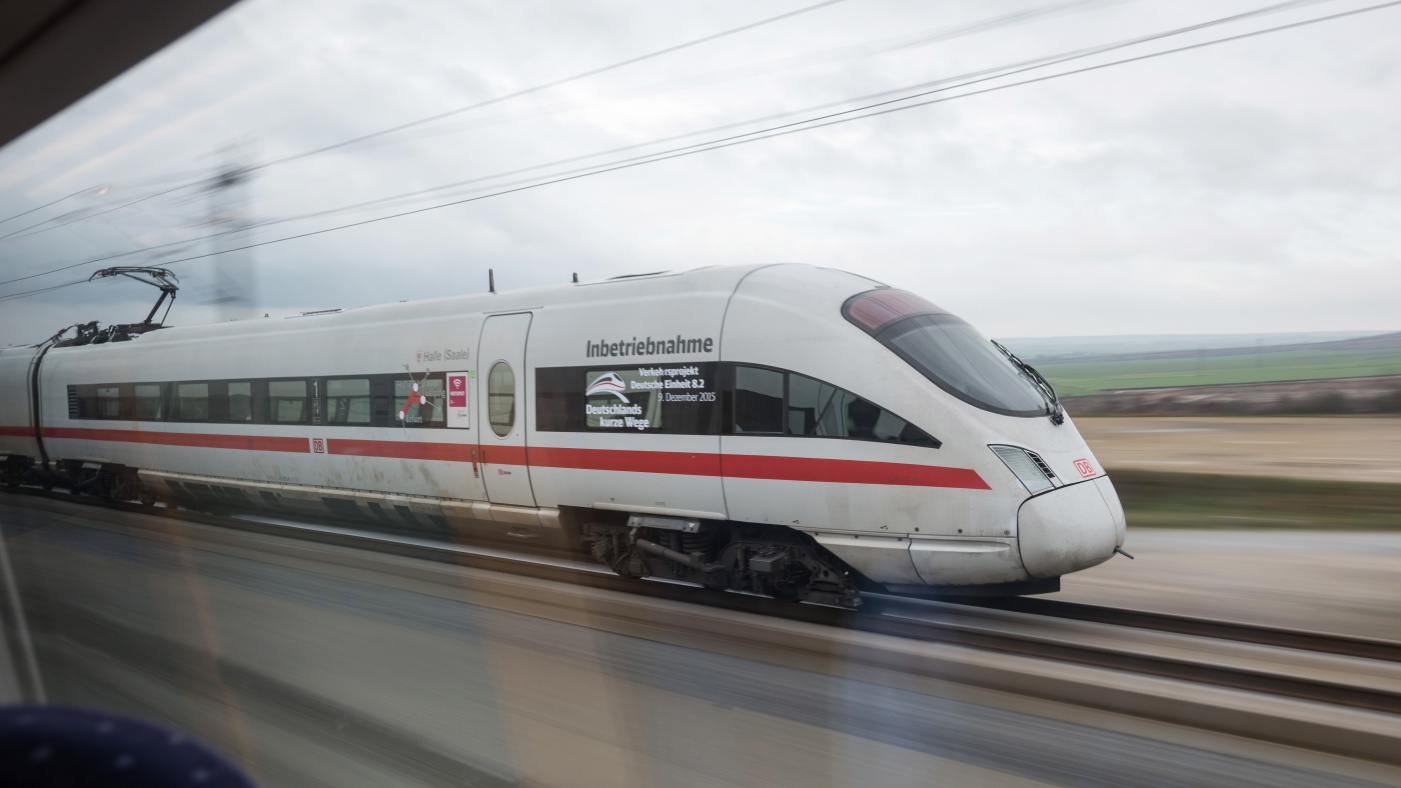 How safe is train travel?
How safe is train travel?feature The Week looks at the safety records of modern railways in Europe, the US and the UK
-
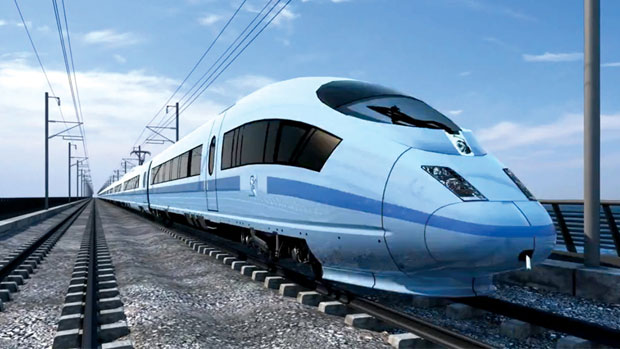 Will HS2 be scrapped and what has it cost so far?
Will HS2 be scrapped and what has it cost so far?In Depth Experts say cutting costs on the controversial high-speed rail project could mean a slower and less regular service linking fewer locations